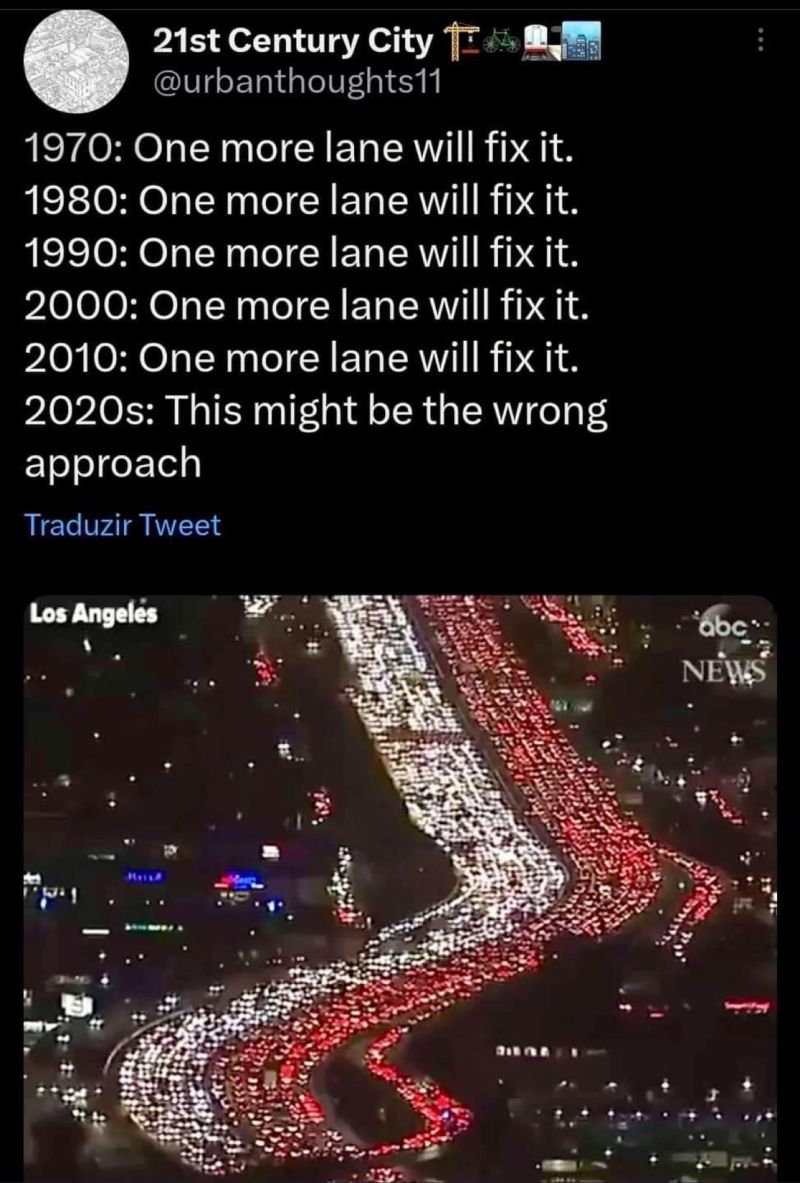this post was submitted on 09 May 2024
1212 points (97.4% liked)
Memes
51385 readers
1175 users here now
Rules:
- Be civil and nice.
- Try not to excessively repost, as a rule of thumb, wait at least 2 months to do it if you have to.
founded 6 years ago
MODERATORS
you are viewing a single comment's thread
view the rest of the comments
view the rest of the comments

I once heard of an experiment in economics that offers insight into this.
Say you have 100 people. You give each of them one of two choices:
A : you get $40 unconditionally B: you get $70 - n, where n is the number of people who choose B
You end up getting, on average across experiments, n = 30.
If you move the numbers around (i.e, the $40 and the $70), you keep getting, on average, a number of people choosing B so that B pays out the same as A.
I think the interpretation is that people can be categorized by the amount of risk they’re willing to take. If you make B less risky, you’ll get a new category of people. If you make it more risky, you’ll lose categories.
Applied to traffic, opening up a new lane brings in new categories of people who are willing to risk the traffic.
Or something. Sorry I don’t remember it better and am too lazy to look it up. Pretty pretty cool though.
It's called "Induced Demand".
As a road widening project is completed, traffic is alleviated for a short amount of time. Then as time passes word spreads, or more people move to the city, or kids get older and get their driver's licences. More and more people know this widened road is the fastest route, so more people take it, thus undoing the improvement. Then the cycle starts again - either with the same road being widened again, or another one a block over, on and on until the world is covered in asphalt.
The solution is to make alternative transit more appealing than cars. Bikes and public transit already have significant financial benefits, but lack infrastructure to make it more viable in North America. Busses get stuck in traffic, bikes are forced to share lane space with cars or sidewalks with pedestrians.
How is alternative transit the solution? Cities that have public transportation still have traffic jams.
There was an English traffic engineer that predicted that avg speed in central London will always be like 9mph. No matter how many lanes or public transit options you add. If there is no traffic, people will take cars until traffic jams are unbearable to give up. Then the system finds equilibrium.
There will always be traffic, but public transportation allows for a higher throughput for the same speed and total surface area of the roads.
Let's be generous and assume that every car has 2 people in it (the truth is that the vast majority of cars, especially in the US, only have 1 person in them). Now imagine 15 cars vs. 30 bicycles. If we figure that you can comfortably fit 3 bikes in the same space as 1 car, you're looking at 150% throughput for the bikes compared to the cars at the same speed. Give them their own dedicated, separate infrastructure, and they can probably go faster than traffic while also removing the danger of bikes and cars sharing the road. If you figure buses can fit 20 people in the space of 2 car lengths, you're looking at 10x the throughput.
And that's not even getting into transportation that doesn't use the roads. The Boston T is a perfect example of this. Despite its notoriety for constant failures due to poor maintenance, and only being half the size it was 100 years ago, the T is considered to be the 3rd best public transportation network in the US. Why? Because the average commute time is about half the national average at roughly half an hour, and a full 50% of Boston's commuters use the T every day. That's half as many cars in traffic every day than if the T didn't exist. Could you imagine if Boston, notorious for its bad roads and heavy traffic, suddenly had twice as many cars driving on its streets?